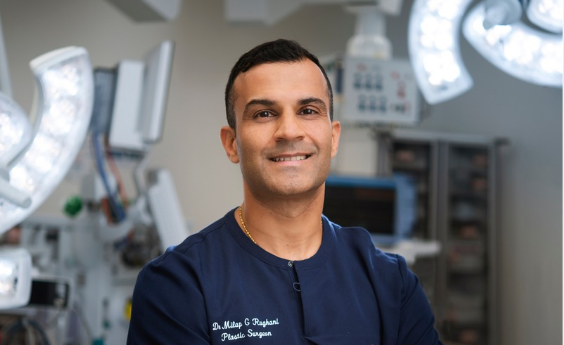Brazillian Butt Lift (BBL) – ASPS have growing concerns!

Fat grafting has become a popular technique of buttock enhancement for patients who want a shapelier appearance, without the use of implants. In this procedure, fat obtained by liposuction from one part of the body (such as the abdomen) is processed and injected to enhance the gluteal area. According to American ASPS statistics, more than 24,000 buttock augmentation with fat grafting procedures were performed in 2018 – an increase of 19 percent over the previous year.
However, there is growing concern about serious complications resulting from this procedure. A 2015 paper in Plastic and Reconstructive Surgery reported a series of 22 deaths in patients undergoing gluteal fat injection in Colombia and Mexico. The deaths were caused by pulmonary embolisms: collections of fat blocking the arteries in the lungs.
In 2018, the American ASPS joined with other plastic surgery specialty societies to create a task force and issued an urgent warning regarding the “alarming” number of deaths related to gluteal fat augmentation. An advisory issued to plastic surgeons outlined steps to ensure that fat is injected only under the skin – never into the muscle.
The Task Force concluded that:
- Fat should never be placed in the muscle. Fat should only be placed in the subcutaneous tissue.
- If the desired outcome might require another procedure, then manage the patient’s expectations and discuss the possibility of staging (as often done with fat injections, hair transplants, etc.)
- It is easy to unintentionally enter the muscle during the subcutaneous injection.
- Therefore, stay mentally focused, alert, and aware of the cannula tip at every moment; be vigilant about following the intended trajectory with each stroke and feel the cannula tip through the skin. Consider positioning that can favour superficial approaches, such as table jackknife. Use cannulas that are resistant to bending during injection and recognise that Luer connectors can loosen and bend during surgery.
- The risk of death should be discussed in your informed consent process, along with alternative procedures (such as gluteal implants or autologous flap augmentation).
- No published series of Brazilian Butt Lifts done with intramuscular injections is large enough to demonstrate it can be done without the risk of fat embolism.
- The subcutaneous plane has not been linked to pulmonary fat embolism. Until and unless data emerges that intramuscular injections can be done safely, the subcutaneous plane should remain the standard.
- Fat injected into the subcutaneous space cannot cross the superficial gluteal fascia and migrate into the muscle; therefore, any intramuscular fat found at autopsy can be concluded to be the result of injection into the muscle.
Since the release of the task force conclusions, deaths from this procedure continue to be reported. Importantly, however, in no case of death has fat been found only in the subcutaneous plane.
Featured Stories

ASPS say proposed changes to registration practices of SIMGs will put patients at risk
President of the Australian Society of Plastic Surgeons, Dr David…
Continue reading Like
Like

